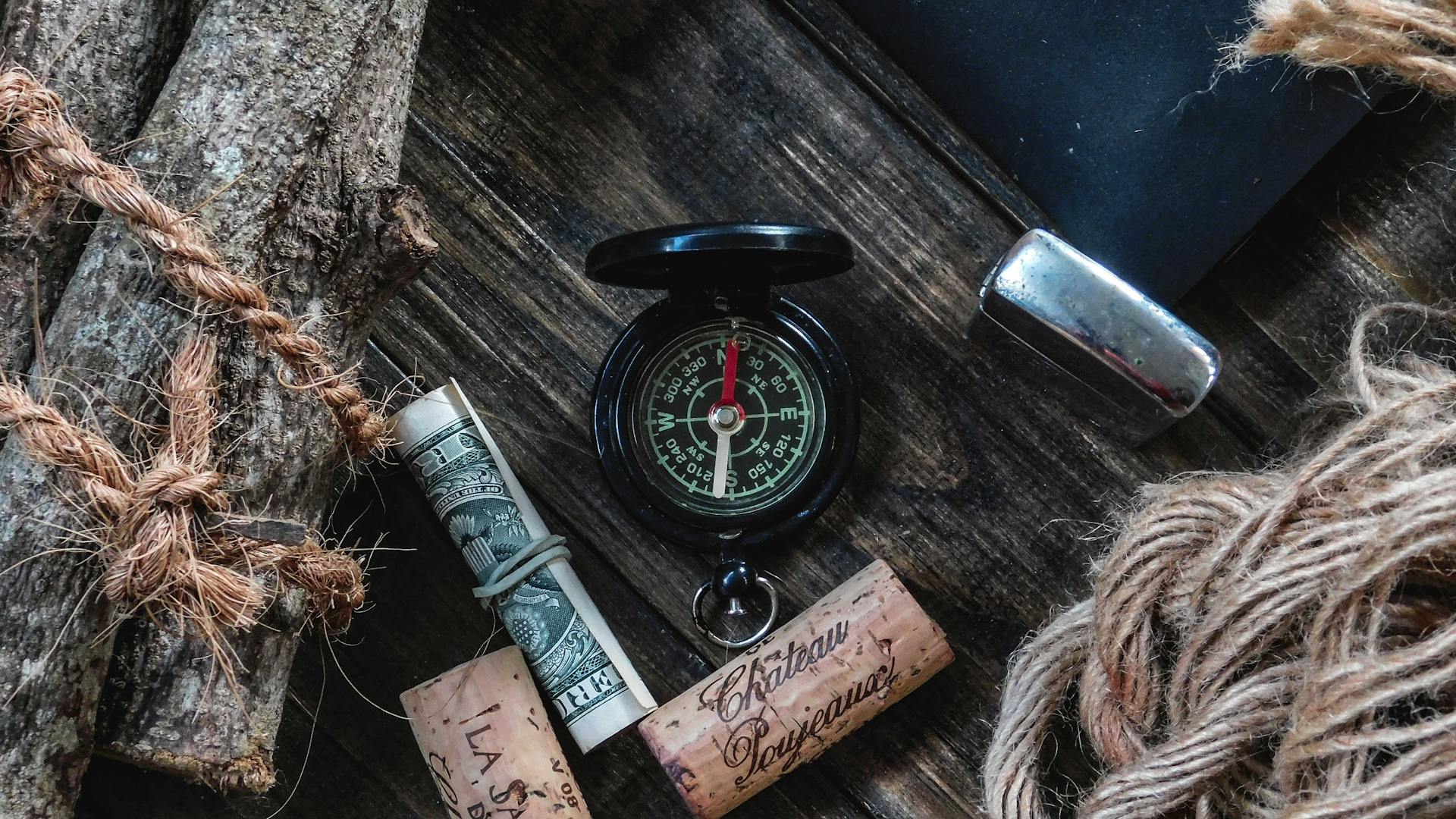Whether you’re embarking on a wilderness expedition, prepping for an emergency, or simply enjoying a weekend camping trip, the right survival tools can mean the difference between thriving and struggling in the great outdoors. In this post, we’ll explore a list of survival tools you absolutely can’t live without—gear that every adventurer, outdoor enthusiast, or prepper should have in their arsenal.
1. A Reliable Multi-Tool
Versatility is key when it comes to survival tools, and that’s where a trusty multi-tool shines. Compact yet packed with functionality, it typically includes pliers, knives, screwdrivers, scissors, and more. Whether you need to cut, repair, or build something in the wild, a multi-tool is invaluable. Popular options like the Leatherman or Victorinox Swiss Army Knife have proven their worth time and time again in survival situations.
2. A Sturdy Knife
No survival kit is complete without a strong, reliable knife. Fixed-blade knives are often preferred for their durability and strength, making them perfect for cutting, chopping, carving, and even self-defense. Look for a full tang blade made from high-quality steel. Brands like Morakniv or Gerber offer excellent choices that combine functionality with affordability.
3. Fire-Starting Tools
Fire is critical for warmth, cooking, and signaling for help, so reliable fire-starting tools are essential. Pack waterproof matches, a ferrocerium rod, or a lighter, and consider adding fire-starting tinder like cotton balls coated in petroleum jelly. Even in wet conditions, these tools can help you ignite the flames you need to survive.
4. Water Filtration System
Access to clean water is non-negotiable, and a portable water filter or purification tablets should be in every survival kit. Options like the LifeStraw or Sawyer Mini Filter allow you to drink directly from natural water sources by removing bacteria and protozoa. For longer-term solutions, purification tablets or ultraviolet light pens, such as the SteriPEN, ensure that your water is safe to consume.
5. Emergency Blanket
An emergency blanket, often made of reflective material like Mylar, can help prevent hypothermia by retaining body heat. It’s lightweight, compact, and versatile—you can use it as shelter, signaling material, or even a makeshift water collector. While it’s not meant for extended use, it’s a lifesaver in emergencies.
6. First Aid Kit
Accidents happen, and being prepared with a comprehensive first aid kit can make all the difference.
Include essentials like bandages, antiseptic wipes, gauze, adhesive tape, pain relievers, and tweezers. Tailor your kit to your needs—for instance, adding blister pads for hiking trips or medications for specific conditions. Familiarize yourself with the contents and know how to use them effectively.
7. Paracord
Paracord, or parachute cord, is a lightweight yet strong rope that’s incredibly versatile in survival scenarios. Use it to build shelter, hang food away from animals, make snares, or even repair gear. You can unravel its inner strands for finer tasks, such as sewing or fishing line. Survival bracelets made of paracord are a popular way to carry it without taking up space.
8. Lighting and Illumination Tools
When the sun sets, reliable lighting becomes essential. Pack a durable flashlight or headlamp with long battery life and waterproof capabilities. LED models offer bright light and efficiency, while solar-powered or hand-crank flashlights ensure you’re not reliant on spare batteries. Don’t forget extra batteries or a power source for your device.
9. Navigation Tools
Getting lost can quickly turn a survival situation from challenging to life-threatening. A good-quality compass and a detailed map of the area you’re exploring should be part of your gear. Even if you’re familiar with GPS devices or apps, these tools are fail-proof backups in case technology falters.
10. Portable Shelter
Whether it’s a lightweight tarp, tent, or bivvy bag, having a portable shelter can protect you from the elements, including rain, wind, and intense sun. Choose materials that are durable and easy to set up—after all, shelter is your first line of defense against exposure.
11. Food Rations
Pack high-calorie, non-perishable food items that don’t require cooking, such as energy bars, trail mix, or freeze-dried meals. These can keep you fueled during prolonged survival situations. A compact camping stove and some basic cooking utensils are also worth considering if space allows.
12. Signaling Tools
Being able to signal for help is crucial in emergencies. Carry a loud whistle, signal mirror, or flares to alert rescuers. Brightly colored materials can also aid in visibility, while a flashlight can be used for signaling at night. Practice using these tools before heading out so you’re prepared.
13. Communication Device
While a smartphone is the go-to for most people, coverage may be unreliable in remote areas. A two-way radio, satellite phone, or personal locator beacon (PLB) provides a lifeline to call for help in places without service. Be sure to familiarize yourself with how these devices work.
14. Weather-Appropriate Clothing
Dressing appropriately for the climate can be as crucial as any tool. Layering is key—pack moisture-wicking base layers, insulating mid-layers, and weather-resistant outer layers. Accessories like gloves, hats, and waterproof boots can add vital protection in extreme conditions.
Survival tools are not just gadgets—they’re your lifeline, providing safety, convenience, and peace of mind in uncertain situations. While this list highlights the essentials, it’s important to tailor your kit to the environment you’re heading into and the challenges you anticipate. Regularly inspect, maintain, and practice using your gear to ensure that you’re prepared for whatever comes your way. After all, the best survival tool is the one you have with you when you need it most!

Leave a Reply